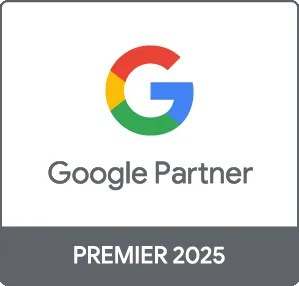PPC (Pay-Per-Click) advertising can be a game-changer for businesses looking to increase visibility and drive traffic. A well-structured PPC ad campaign not only enhances your online presence but also maximizes your return on investment (ROI). In this article, we’ll delve into essential strategies and best practices to effectively manage your PPC ad campaigns and achieve impressive results.
Understanding PPC Advertising
PPC advertising refers to a model of internet marketing where advertisers pay a fee each time their ad is clicked. It’s a way of buying visits to your site instead of earning them organically. The most common platform for PPC ads is Google Ads, but social media channels like Facebook and Instagram also offer targeted ad options.
1. Define Your Goals
Before launching a PPC ad campaign, it’s crucial to outline your objectives. Common goals for PPC campaigns include:
- Increasing Website Traffic: Drive more visitors to your website.
- Generating Leads: Collect email addresses or contact information for potential customers.
- Boosting Sales: Increase conversions through online sales.
2. Target the Right Audience
Identifying your target audience is key to the success of your PPC ad campaign. Use demographic information, interests, and online behavior to segment your audience effectively. Knowing who your ideal customers are will help you craft relevant ads that resonate with them.
3. Keyword Research
Keywords are the foundation of your PPC campaigns. Conduct extensive keyword research to find terms and phrases that potential customers use when searching for products or services similar to yours. Utilize tools like Google Keyword Planner or SEMrush to identify keywords with high search volumes and manageable competition.
4. Craft Compelling Ad Copy
Your ad copy should be engaging, relevant, and concise. Highlight unique selling propositions (USPs) and include a strong call to action (CTA). Ensure that the ad copy aligns with the keywords you are targeting and accurately represents what visitors can expect upon clicking through.
5. Optimize Landing Pages
The landing page is where your visitors arrive after clicking the ad. Ensure that your landing pages are optimized for conversions. This includes fast load times, mobile responsiveness, and a clear, persuasive layout. An effective landing page can significantly increase your conversion rates and overall campaign ROI.
6. Monitor and Adjust Campaigns
A successful PPC ad campaign requires continuous monitoring and adjustments. Regularly check performance metrics such as click-through rate (CTR), conversion rate, and cost per conversion. Use this data to fine-tune your campaigns, pause underperforming ads, and allocate budgets to top performers.
Conclusion
Implementing a successful PPC ad campaign takes strategic planning and ongoing management. By refining your goals, targeting the right audience, performing keyword research, crafting compelling ads, optimizing landing pages, and making data-driven adjustments, you can create an effective PPC strategy that drives results. At Prebo Digital, we're equipped to help you design and execute impactful PPC ad campaigns. Reach out today to learn how we can support your marketing goals!





